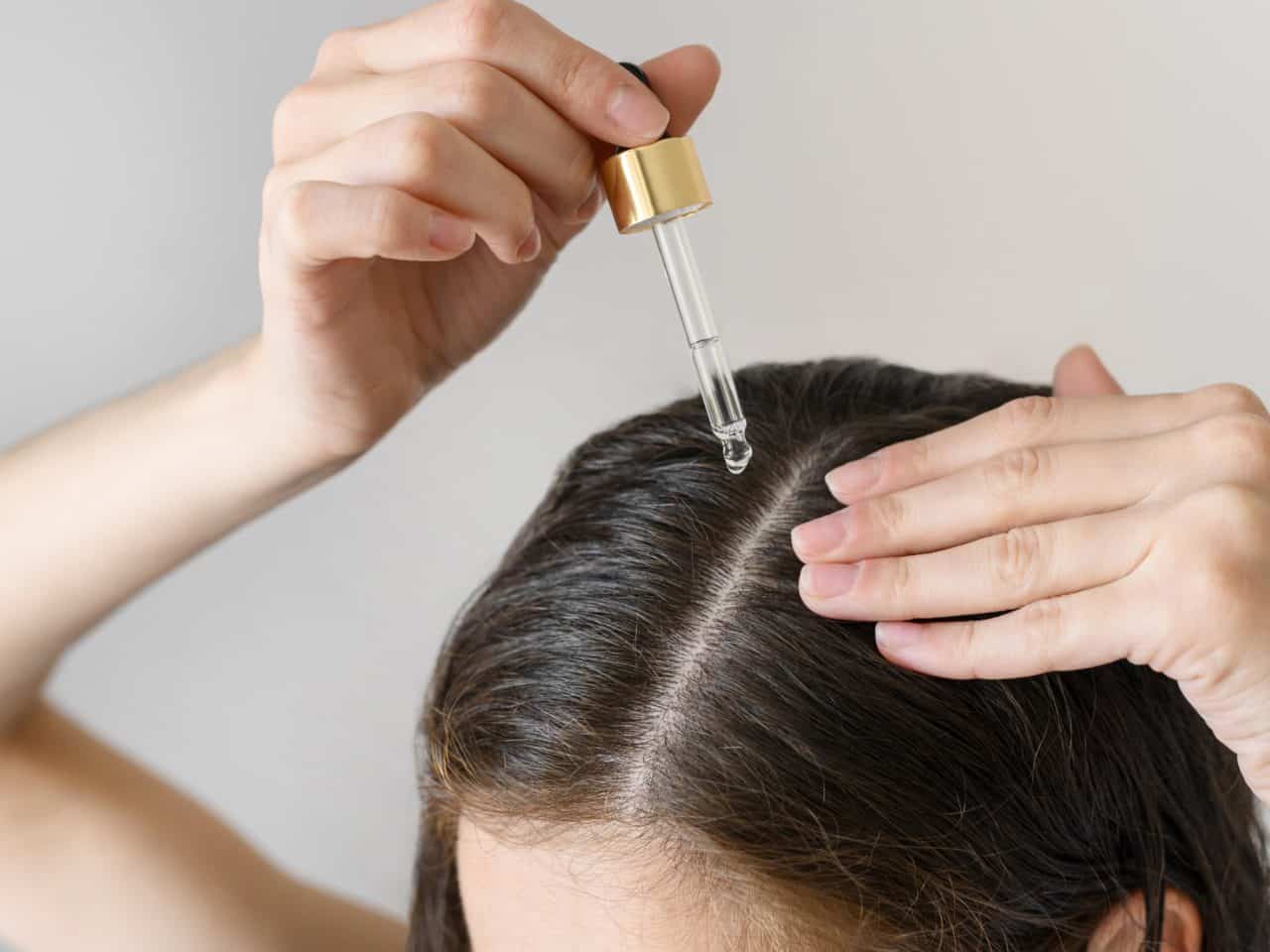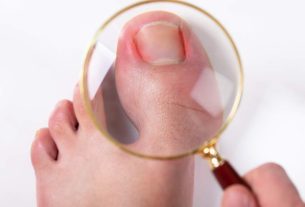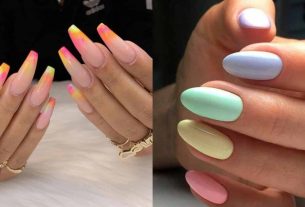Have you moisturized and are having difficulty removing the oil? Don’t worry, these tips on how to get coconut oil out of your hair will save you.
Moisturizing with vegetable oils has become a favorite in hair care. And no wonder, the treatment transforms the hair, leaving it hydrated, shiny and very silky. Coconut oil is one of the most used in this practice, and despite the benefits, it can be a challenge not to leave the hair oily. Therefore, today we will learn how to remove coconut oil from your hair, and best of all, without making it oily.
Coconut oil works wonders on your hair, but it can leave strands oily if not used correctly and especially if not removed correctly. Therefore, many people end up giving up their benefits precisely for this reason. So, in this article we will learn how to use coconut oil and also how to remove it.
So, if you have straight or curly hair, your problems are over. See here how to perfectly moisturize with coconut oil and how to remove it afterwards, to have beautiful, oil-free hair.
Using coconut oil for hair

As is no longer news to anyone, coconut oil is an ingredient that has many aesthetic benefits, both for the skin and hair. It is no coincidence that it is present in the formula of several beloved products out there.
In the case of moisturizing, it can be done with various vegetable oils, but coconut oil is one of the favorites in this treatment. But the secret of the technique is in the application. In this case, the cliché “less is more” is perfect. The result of the treatment depends on the amount of oil applied to the hair, and this applies to any moisturizing condition.
So, for the treatment to work, you don’t need to apply a pot of oil to your hair until it is extra greasy. It’s not the quantity that makes the treatment what it is. Therefore, a few drops are more than enough per strand. Excess oil can leave hair looking heavy and oily, and consequently more difficult to remove.
Remembering that coconut oil can be used on all hair types, however, it requires a little more care on very straight locks. So, if you have short, straight hair, pay extra attention to the amount of oil applied to your hair.
How to apply and how to remove coconut oil from hair

So, as previously stated, the secret to perfect moisturizing is the application and removal of the oil. No one wants to have heavy, oily hair while expecting shiny, nourished strands.
The problem may be in the amount of coconut oil applied or at the time of washing. Therefore, we will teach you step by step how to moisturize with coconut oil perfectly from start to finish.
- First, put a spoonful of coconut oil in a plastic pot.
- Then, with dirty and dry hair, start applying the oil.
- This way, separate your hair into sections and apply a little bit of the oil to your hand and rub it through your hair.
- Massage the oil along the length of your hair and into your scalp.
- Tie your hair and let the oil act for 1 or 2 hours depending on the condition of your hair.
- After this period, it is time to remove the oil. To do this, rinse your hair well in warm water (which makes it easier to remove the oil) and massage your hair and scalp to remove the oil.
- Once done, with very wet hair, apply a salt-free shampoo. Note: opt for a transparent shampoo that has greater cleaning power.
- Repeat the shampoo application once more to remove any remaining oil residue.
- Then, apply a little hydration mask to your hair and let it act for 3 minutes. (The mask helps the remaining oil come out of the hair easily).
- Finally, rinse your hair again and finish as usual.
UCPE method on how to get coconut oil out of your hair
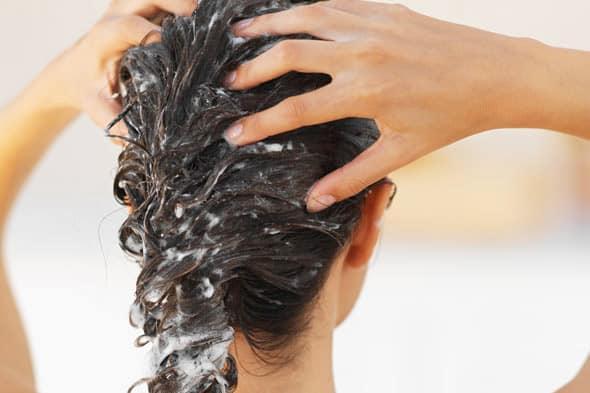
So, we saw the traditional and most common method of removing coconut oil from hair. But this is not the only way. There is also a technique for removing dampness that does not use shampoo. That’s right, without shampoo. And best of all, it doesn’t compromise moisturizing and maintains all the benefits. In this technique we will learn how to remove the oil, but without losing the treatment.
In fact, this method is already very popular in No Poo, Low Poo and Co wash groups and is called the UCPE Method, which is basically the steps of moisturizing, conditioning, pausing and rinsing.
- In this method, moistening is the first step. Therefore, do it as usual, or as we teach above.
- So, after the break for the moisturizer to act on the hair, it’s time to remove the oil. In this step we will use the Co wash technique, which is nothing more than washing the hair with conditioner instead of shampoo. However, give preference to a conditioner free of paraffin and mineral oils.
- Therefore, apply the conditioner released for Co wash (Yamasterol is a good option for this, as well as being cheap) to all dry and moistened hair.
- Spread well throughout your hair and let it act for 15 to 20 minutes.
- Finally, just rinse with warm water that helps melt the oil in your hair and that’s it, moisturized and oil-free hair.
Tips on how to remove dampness
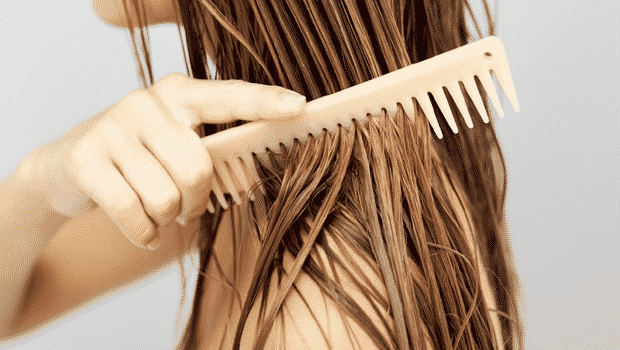
So, to finish, some golden tips that make all the difference when removing coconut oil from your hair.
- Application: Don’t overdo the amount of oil, just apply a reasonable amount to form a film on the strands.
- Rinse: When rinsing, choose to use warm water which helps to dissolve the oil in your hair. But be careful not to use very hot water, which can disrupt the treatment and damage your hair.
- Shampoo: Use a sulfate- and paraben-free shampoo for gentle cleansing. In the case of transparent shampoos, dissolve the product in water before applying to the scalp.
- Oily root: If your roots are already oily, avoid applying oil in that area.
- Vegetable oil: Always use coconut oil that is 100% vegetable.
Anyway, what did you think of this article? In fact, take the opportunity to also check out: Nocturnal wetting, what is it? Benefits and how to do it.
Sources: Stay Diva VIX Luiza Costa Mulher Divando
Featured image: Kanechom

Sign up for our newsletter and stay up to date with exclusive news
that can transform your routine!
Warning: Undefined array key "title" in /home/storelat/public_html/wp-content/plugins/link-whisper-premium/templates/frontend/related-posts.php on line 12
Warning: Undefined array key "title_tag" in /home/storelat/public_html/wp-content/plugins/link-whisper-premium/templates/frontend/related-posts.php on line 13

